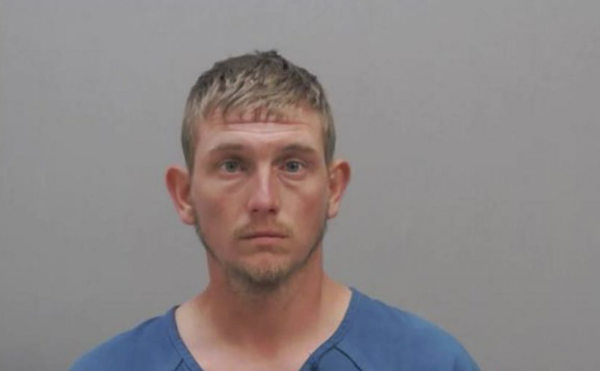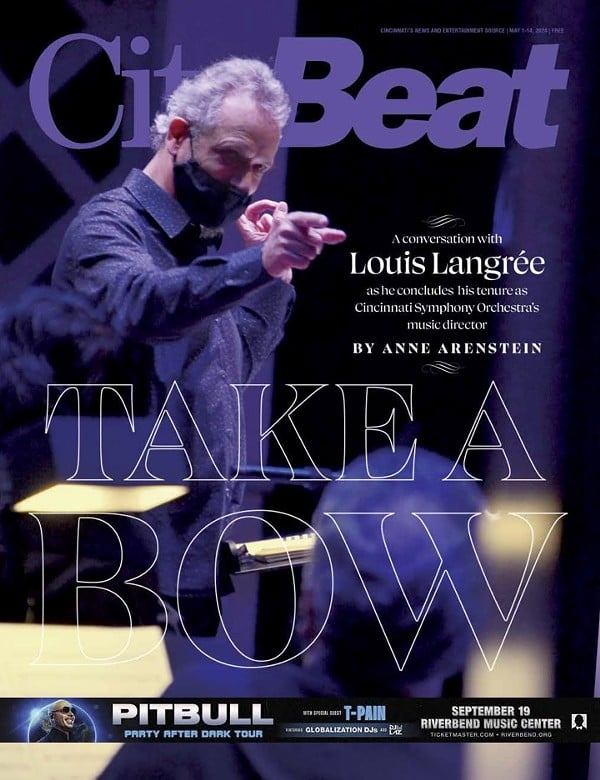|
And meanwhile, awake to live as
unacceptably,
non-calmly
unpleasantly
dislikably
impatiently
loudly
disrespectfully
and disruptively
and as contagiously
collectively as I am able
as long as is necessary
— How Did It Happen?, by Buddy Gray, December 1989
Bonnie Neumeier found the poem scribbled on the back of a flyer among Stanley "Buddy" Gray's meager possessions after he'd been killed Nov. 15, 1996. With it came a flood of memories.
Those who remember him recall the gray bib overalls, the railroad engineer's cap, perhaps the headband, the long hair and the black beard that really didn't seem to gray with age — or did we grow older? — the energy that was born while he was still in his 20s and never really dissipated and was there right until the end when he was shot while he sat in the Drop Inn Center and looked up to welcome a friend and stared at the barrel of a handgun instead.
Wilbur Worthen shot him. Gray fell to the floor. Worthen fired again and again, emptying his .357-caliber Magnum.
It's been 10 years. His death at the age of 46 was a shock and an irony not lost on Gray's supporters and friends — shot and killed that day by someone he'd helped, by someone those who knew both called a friend.
The face of Over-the-Rhine
For almost a quarter-century Buddy Gray made the poverty-ridden little pocket of America called Over-the-Rhine his battleground, a corner where he and others thought they could make a difference in the lives of those who lived and, for many, suffered there.
They wanted to show how grassroots organizing could work. It began with the Drop Inn Center, a shelter for the homeless, and continued with local, state and national coalitions of the homeless and ReStoc, the attempt to preserve housing and thwart displacement.
From 1973 until 1996, Gray was in many ways the face of Over-the-Rhine, giving voice to the poor and homeless.
Neumeier can close her eyes and still see Gray gliding on his bicycle through Washington Park in Over-the-Rhine, parking his bike at Cincinnati City Hall, driving his truck through the neighborhood to work on abandoned houses.
She and others recall taking walks with Gray through the neighborhood.
"If you ever walked around the neighborhood with Buddy it would take a long time," Neumeier says. "Everybody knew him, everybody knew his name. He was personable. He could energize anyone. He had this sense of the collective. He wasn't a one-person movement. It's very clear he thought strategically about a mass base of people. It was never about himself alone."
That was a thorn in the side of some who saw Gray as confrontational, an obstructionist. Over-the-Rhine was a rich architectural gem, Music Hall and Washington Park among its jewels. It hugged the downtown business district. Developers thought it begging for revitalization and an infusion of the upper-class. It was ripe, ready to be picked.
Gray and his troops were in the way. His most ferocious detractors thought him a "poverty pimp," arguing that his investment in the neighborhood was in perpetuating poverty. As long as Over-the-Rhine was poor, Buddy Gray had a constituency, the argument went. He blocked development, he blocked a renaissance.
Even some city officials found him a handful.
"He wasn't one to cultivate friends, that's for sure," William Langevin, the city's director of buildings and inspections, told The Cincinnati Enquirer 10 years ago. "He was highly, highly confrontational and argumentative. But the man certainly had my respect."
But, for those who admired his tenacity and appreciated his advocacy, even a decade after his death, his presence is still felt. His impact was not ephemeral.
"There was some genuine leadership who grew up around him and they kept things moving," says Mike Henson, a writer, fellow organizer and friend of Gray's who has lived in Over-the-Rhine. "They knew what to do. The shelter, the Coalition for the Homeless, everything kept going. The Pat Cliffords, the Donald Whiteheads were there."
'That fiery spirit'
Thomas A. Dutton, a Miami University professor and director of the MU Center for Community Engagement in Over-the-Rhine, said he was initially taken with the neighborhood's architecture and then drawn to those advocating there.
"The argument that it should be just a place for low-income people was the furthest thing from the truth," Dutton says. "Buddy was arguing for mixed income and mixed racial communities. And he didn't do this alone. What I saw proved to me how rooted in the base he was. He was known on the streets. This wasn't Pied Piper kind of stuff. Buddy had a large hand in helping people stand up for themselves."
Says Neumeier, who lives in Over-the-Rhine, "He stayed here and made this his home. A lot of us learned being with him: how to make a flyer, how to lobby. Buddy and I knew gentrification was going to happen. Part of our work was to have some community-controlled housing."
"There are people who say Buddy Gray made a difference in a negative way, but I would dispute that strongly," Henson says. "In a sense, he was undone by saving lives. The guy who shot him was one of the people he kept off the streets. More than one person can tell you about being desperate, about being out on the street, being sick and homeless. Buddy personally came to them and made sure they were taken care of."
Henson pauses and continues.
"I had a little crisis," he says. "My marriage fell apart, and I was homeless. Buddy made sure I was taken care of. He was one person I could count on. I'm sure I wasn't the only one."
Gray lived in an apartment on Race Street. He didn't have much.
"Not much of anything," Henson says, "an old truck and some clothes. Probably some books."
He was essentially a private person. Neumeier says it had more to do with his sense of the collective: "This isn't about me."
"Obviously we miss him, I miss him," Neumeier says. "Buddy definitely made a difference. His life, his mark is here —"
Her voice cracks.
" — the housing, the Drop Inn Center, it's in each of us. Whatever Buddy left behind, it wasn't a lot of worldly possessions, but what we learned from him. That fiery spirit, you can never wipe that out. People that he worked with and are still here still have that."
The Drop Inn Center hosts an open mic poetry reading in Buddy Gray's honor at 7:30 p.m. Thursday. A memorial march from Buddy's Place, 1300 Vine St., to Washington Park begins at 5 p.m. Nov. 15, with fellowship at Nast Trinity Church after the program. For more information, call 421-7803 or visit cincihomeless.org.





